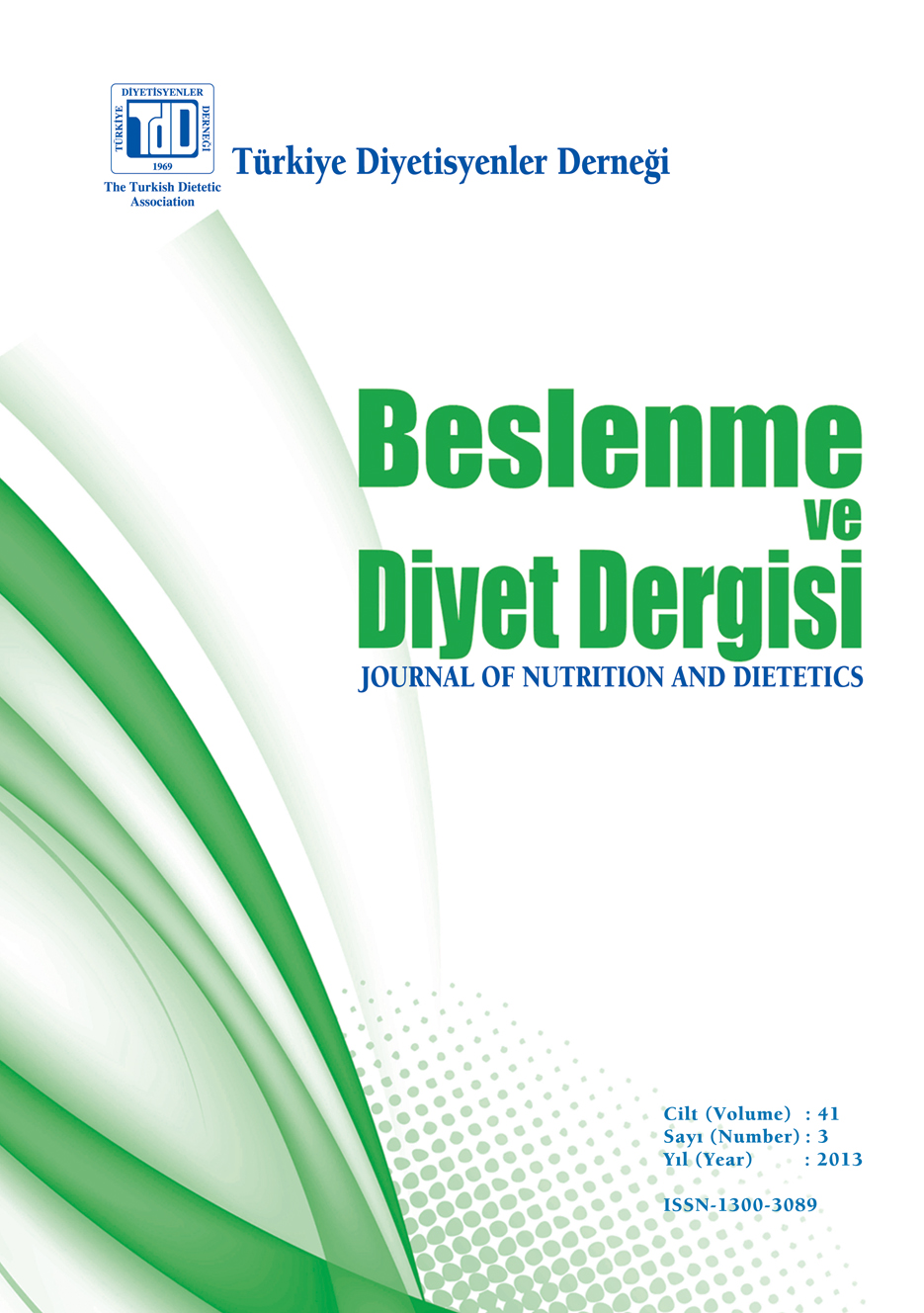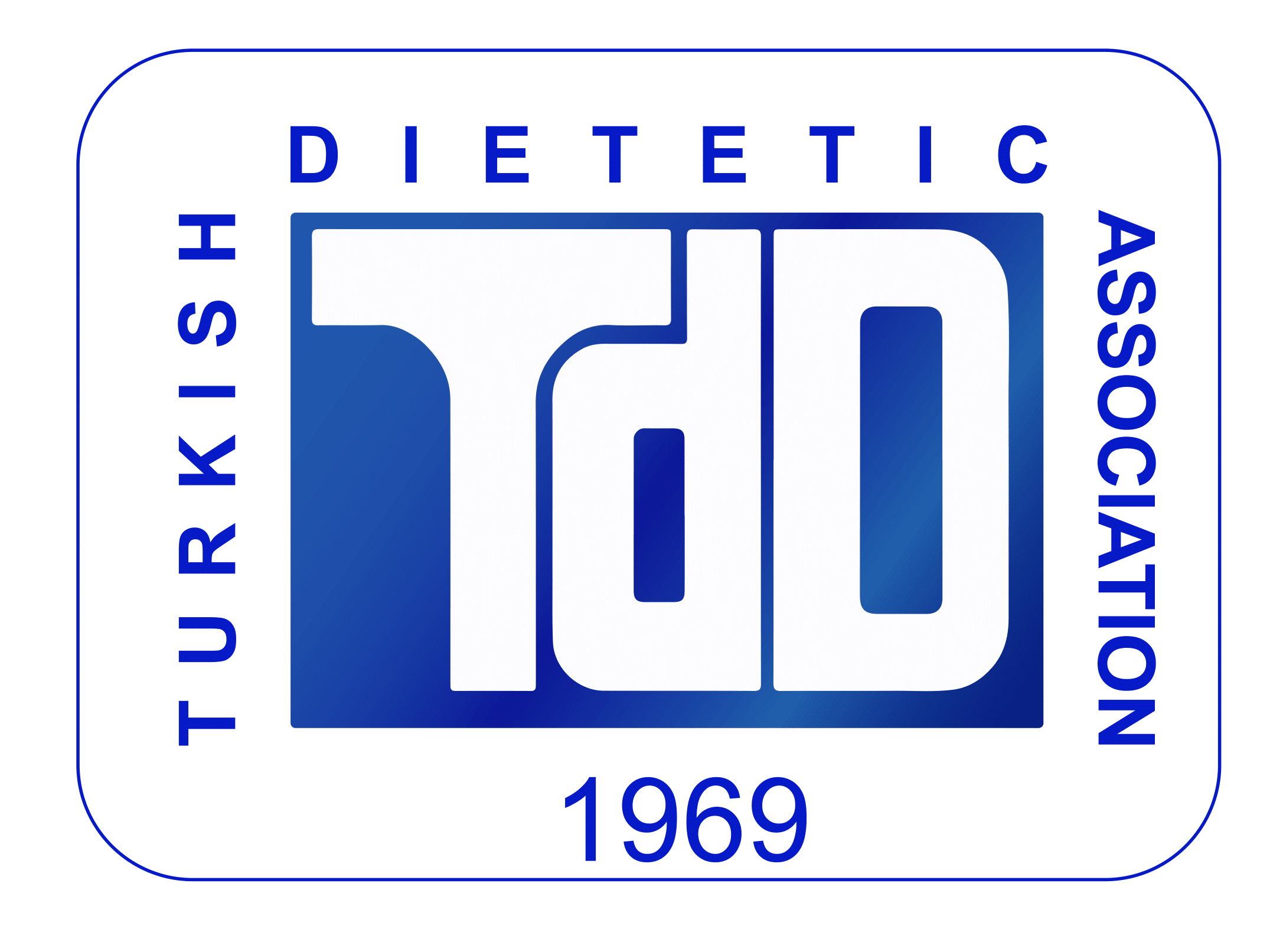Evaluation of Intra-Individual Variations in the Resting Metabolic Rate, Body Composition and Food Intake During the Menstrual Cycle
Keywords:
Menstrual cycle, resting metabolic rate, food intake, anthropometric measurements, physical activityAbstract
Aim: Little information exists on the extent of day-to-day intra-individual variation in body composition, resting metabolic rate (RMR), physical activity and food intake in women. The present study has investigated the intra-individual variation and differences in body composition, RMR, physical activity and food intake of women during the menstrual cycle. Subjects and Methods: Thirty women (naturally cycling non-pill users), aged between 19 and 35 years, were recruited to the study. RMR measurements, anthropometric measurements were taken at least three times per week for the duration of one complete menstrual cycle. 24-h dietary record was taken, for 3 days of each menstrual cycle (follicular, ovulation and luteal) phases. Physical activity assessed by physical activity record. Results: The measurements made throughout each complete menstrual cycle. Mean body weight and body composition didn’t change during menstrual cycle significantly (p>0.05). RMR was significantly increased (respectively; 1498±23.91 kcal, p<0.05) in ovulation when compared with follicular phase (respectively; 1439±21.92 kcal). No significant change was reported in physical activity level between menstrual phases (p>0.05). Mean energy intake was higher in the luteal phase compared to ovulation but the difference was not significant (p>0.05). The percentage of energy from fat significantly increased in luteal phase compared to ovulation (p<0.01). It was found that carbohydrate and protein intakes as a percentage of energy were significantly higher in ovulation compared to follicular phase (respectively; p<0.01 and p<0.05). Intra-individual variation was 13.6±4.031% in RMR, 12.7±7.76% in energy intake and 0.75±0.62% in body weight. Conclusion: The findings from the present study show that menstrual cycle may affect RMR, energy and nutrient intakes in women. The alteration of intra-individual variation in RMR and its impact on energy balance needs further research.

